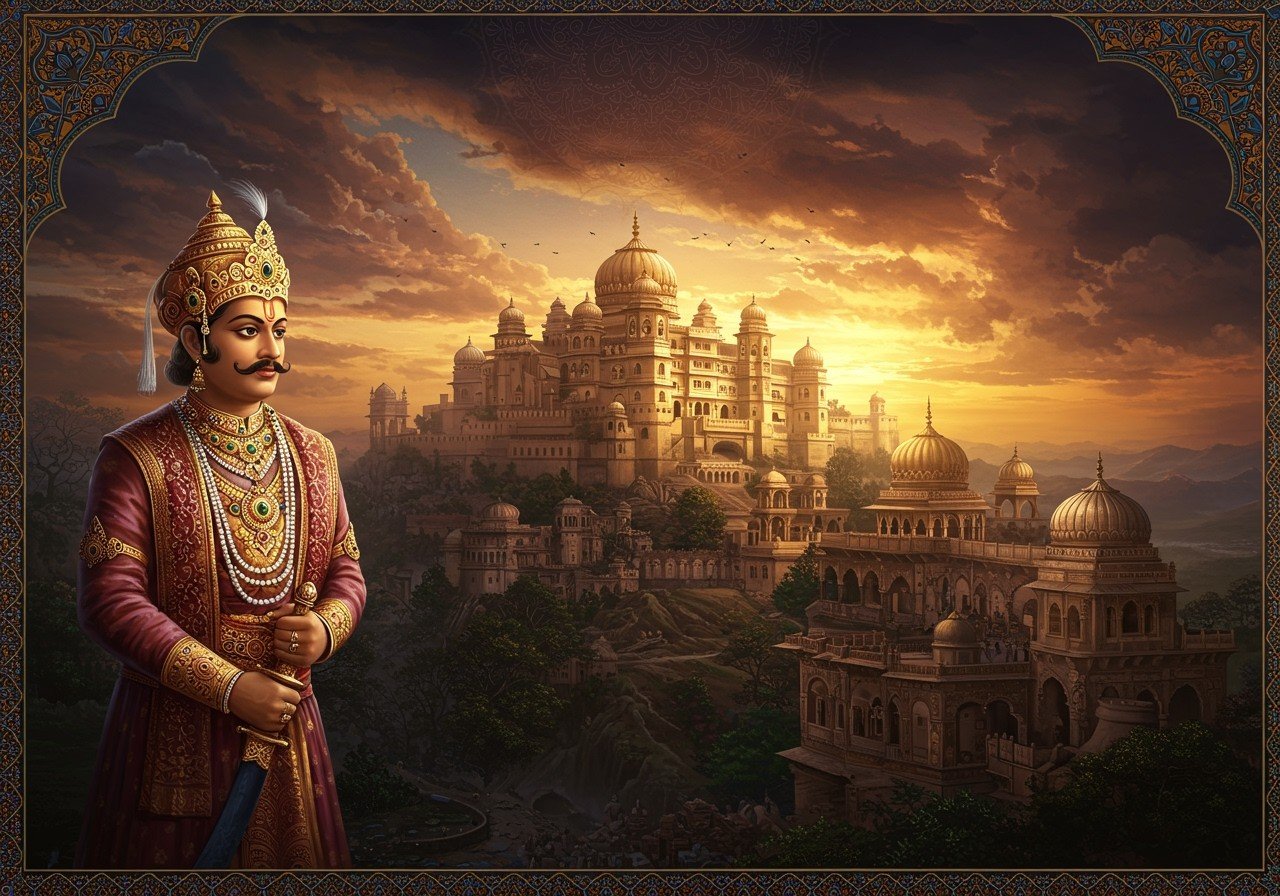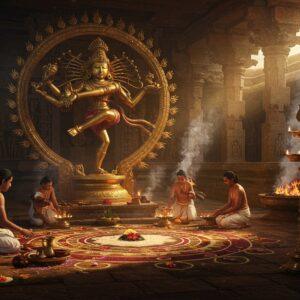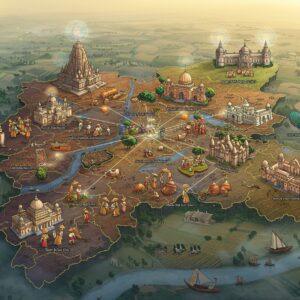
The Deva Dynasty holds an intriguing place in Jammu’s history, yet it remains largely unfamiliar to many. This era, spanning from 840 CE to 1816 CE, was marked by significant socio-political dynamics and cultural shifts. The dynasty’s journey from its rise to eventual decline offers valuable insights into the region’s past.
Origins of the Deva Dynasty
The Deva Dynasty’s origins lie in the vibrant land of Jammu, a region rich with history. Before the Devas, Jammu was shaped by various empires that left their mark on its culture and politics. Around 840 CE, the Deva Dynasty emerged, marking a new chapter for Jammu. It was a time of socio-economic change, and the Devas took advantage of this.
Myths and legends about the Deva Dynasty add a layer of cultural richness. These stories, often passed down through generations, speak of divine intervention and royal lineage. They form an essential part of Jammu’s cultural tapestry, instilling pride and identity among its people.
Jammu’s strategic location also played a crucial role. Positioned in the foothills of the Himalayas, it served as a gateway between northern India and Central Asia. This made it an essential hub for trade and cultural exchange. The early leaders of the Deva Dynasty recognized this and established policies to capitalize on their location.
Their leadership focused on building a solid foundation. They developed infrastructure and supported agriculture, which bolstered the economy. These early policies set the stage for future achievements, helping the Deva Dynasty grow in strength and influence.
The Rise and Fall of the Deva Dynasty
The Deva Dynasty’s influence grew steadily over centuries. Raja Dhruv Dev, a prominent ruler, further consolidated Jammu’s power in 1703, establishing dominance over surrounding hill states. This period witnessed advancements in administration, infrastructure development, and cultural flourishment.
However, like many dynasties, the Devas eventually faced challenges. By the early 18th century, they became vassals of the Mughals, a significant shift in the power dynamics. Later, in 1808, Maharaja Ranjit Singh of the Punjab defeated the Jammu rulers, bringing the region under Sikh rule by 1816. This marked the end of the Deva Dynasty’s reign.
Despite its eventual decline, the Deva Dynasty played a crucial role in shaping Jammu’s identity. Their contributions laid the groundwork for future developments and left a lasting impact on the region’s cultural heritage.
Connecting with the Deva Legacy Through Poojn.in
For those seeking to connect with the spiritual heritage of Jammu and its rulers, Poojn.in offers a curated selection of authentic puja items. These sacred items can help you create a space for reverence and reflection in your home.
- Brass Statues of Deities: Bring home beautifully crafted brass statues of Lord Hanuman or Lord Ganesha, revered deities in Hindu tradition. These statues serve as a focal point for prayer and meditation, enriching your spiritual practice.
- Gomti Chakras: Consider incorporating Gomti Chakras into your puja rituals. Believed to bring prosperity and good fortune, these natural stones add an element of sacredness to your worship space.
- Panchmukhi Hanuman Statues: Explore Panchmukhi Hanuman statues, representing the five faces of Lord Hanuman. These powerful idols are believed to offer protection and blessings. Explore a variety of sizes and designs at Poojn.in.
Visit www.poojn.in or contact us at 03369029784 to explore our complete range of traditional puja items. For quick assistance, reach us on WhatsApp at 9476142738.
Reflecting on the Deva Dynasty’s Legacy
The Deva Dynasty’s story is a testament to vision, leadership, and the ebb and flow of power. From their rise in 840 CE to their eventual decline in 1816 CE, they left an indelible mark on Jammu. Understanding their history allows us to appreciate the rich tapestry of Jammu’s heritage.
Common Questions About the Deva Dynasty
Was the Deva Dynasty related to the Dogra dynasty? The Deva Dynasty predates the Dogra dynasty. While both played significant roles in Jammu’s history, they are distinct entities. The Dogra dynasty, founded by Maharaja Gulab Singh in 1846, came after the Sikh Empire’s rule, which succeeded the Deva Dynasty. This distinction is essential for understanding the chronological flow of Jammu’s rulers.
How long did the Deva Dynasty rule Jammu? The Deva Dynasty reigned for approximately 976 years, a substantial period that witnessed significant developments in Jammu’s history.
What are some key historical sites from the Deva Dynasty era? While many historical sites in Jammu have layers of history from different periods, exploring places like the Bahu Fort and the old city can offer glimpses into the Deva Dynasty’s influence on the region.


